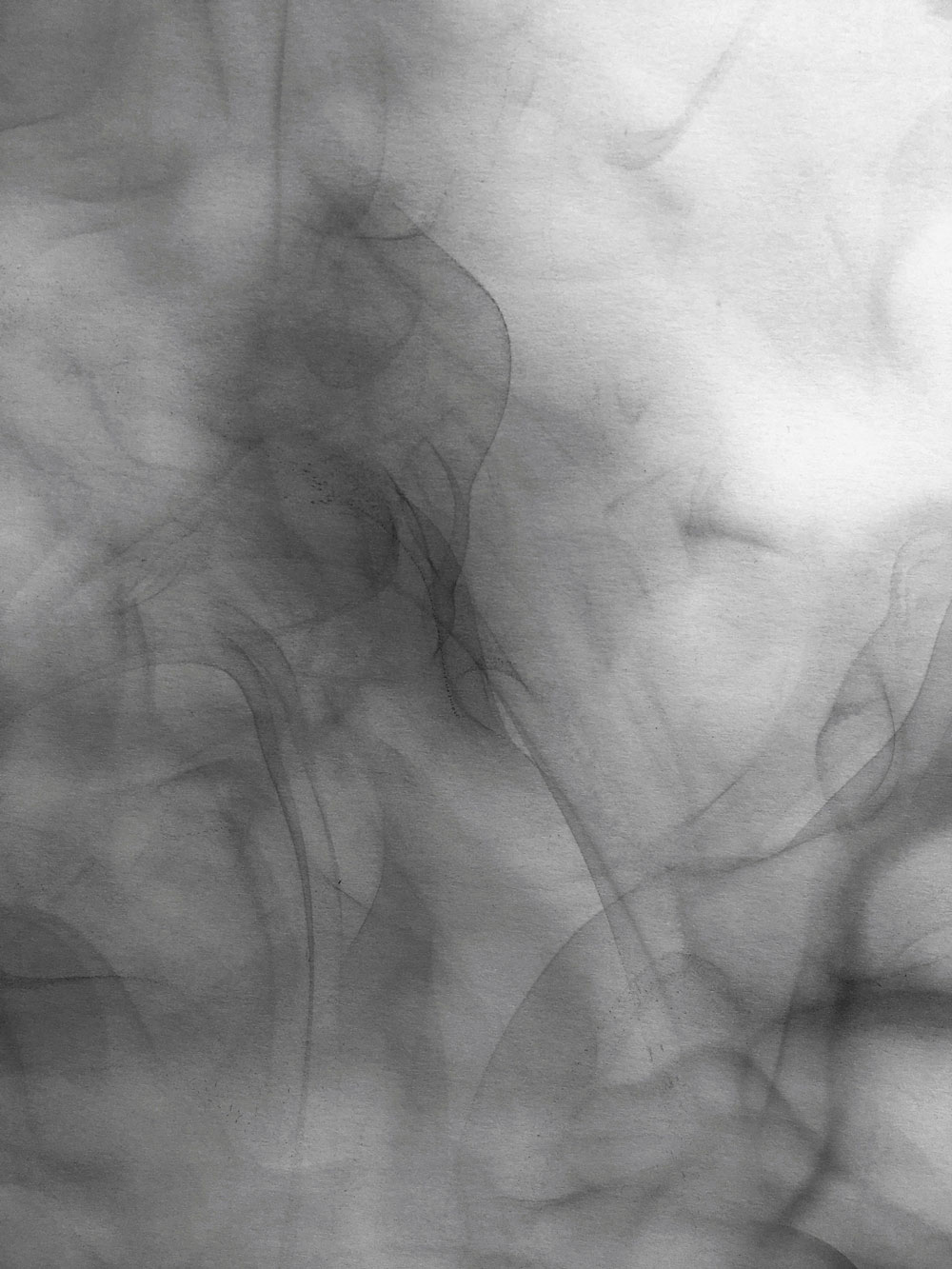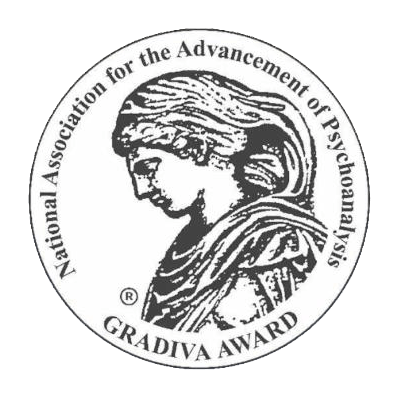Our Children: Discarded, Disdained, and Destroyed
by Jyoti M. Rao

It is the end of yet another day on which children were shot and killed in a school in the United States. Last year, there were 330 shootings in elementary or secondary schools: in a 36-week school year, someone fired or threatened to fire a firearm in a place where children are sent to learn in safety more than nine times a week. Today, it was Minneapolis.
Flags have been ordered to be at half-mast for a few days by Donald Trump. Numerous thoughts and prayers will be sent, perhaps massaged by artificial intelligence to find a fitting tone. Some will call for the vigorous prosecution of the troubled people who have put a phrase once oxymoronic, now redundant, into our daily lexicon. Perhaps more useful measures—passing meaningful gun control legislation, or placing restrictions on political spending by a gun lobby whose legal rights and protections have grown while those of human beings shrink—will be given lip service before swiftly fading away yet again.
Of course, being injured and traumatized or killed at school is not the only catastrophic failure of care children experience in the United States. In a country of extraordinary wealth, 14 million children are experiencing hunger, and the number of children who are unhoused increased by 33% between 2023 and 2024. Fourth-grade literacy rates are staggeringly low. Across several major indicators in the areas of physical, mental, and developmental health, the well-being of US children deteriorated significantly between 2007 and 2022, leading a distinguished professor of pediatrics to declare “a growing health crisis” demanding “urgent national attention.” Nearly half of LGBTQ children report being bullied, increasing their risk for attempting suicide; more than half of transgender teens have lost access to the care that they, their medical providers, and their parents deem necessary. Unsurprisingly, children whose parents are targeted in ICE raids show symptoms of PTSD. The policies of the United States cause dire harm for children outside its borders as well: vast numbers of the surviving children in Gaza are starving, injured, or both, unprotected as the world watches. Their schools, hospitals, and homes are in shambles, wantonly destroyed.
Protection is a major need of children, one emphasized in the United Nations Convention of the Rights of the Child, which has been ratified by all member nations other than the United States. The Convention states that “all appropriate legislative, administrative, social, and educational measures” must be taken to protect children under 18 “from all forms of physical or mental violence.” It seems likely that the United States has spurned this declaration of the rights of children because of a desire to make a different sort of declaration—that of protecting the rights of adults to violate the rights of children with impunity.
Such desires must be obfuscated. Indeed, in the face of blatant refusal to protect children, which amounts to relentless aggression against them, we find psychoanalytically curious invocations of protection amidst active harm, a phenomenon observable in abusive families and troubled intrapsychic environs alike. “Protective custody” results in incarcerated children—another pause-worthy phrase that describes a violation of children’s rights per the Convention—languishing alone in solitary confinement for their ostensible protection in adult prisons. Their inconceivably lonely exile sometimes lasts for years. The leader of an organization behind book bans says that confiscating children’s books, including those depicting well-nurtured children in caring families, is “about protecting the innocence of children.” Trumpeting a desire to protect children’s innocence through censorship while repeatedly neglecting to adequately protect children from exposure to executions by assault weapon is the sort of mixed communication that compels psychoanalytic inquiry.
Elizabeth Young-Bruehl’s conceptualization of childism as a form of prejudice is of assistance in navigating these confusions. A major psychoanalytic theoretician of prejudice in individuals, groups, and societies, Young-Bruehl countered earlier ideas that all prejudices operate similarly, based on majority in-groups directing hatred towards minority out-groups, hypothesizing instead that different prejudices are structured variously along obsessional, hysterical, and narcissistic lines, with their corresponding anxieties, projections, and defenses. These psychodynamics in turn underlie and motivate manifest actions taken against people. Obsessional prejudices seek out elimination; hysterical prejudices seek exploitation through hierarchies used for psychosexual gain; and narcissistic prejudices aim to erase the identity of the targeted group or individual. Childism may take all three forms, with children being construed as “bad seeds” in need of purification or banishment; as holders of youthful sexuality or seductiveness; as threats to the existing order; or an intermingling of these. In each of these variations, the mistreatment of children, and neglecting to prevent their mistreatment, results from complex interior fantasies and wishes about children that serve important psychological functions for the adults involved.
Much as focusing on a symptom may obscure underlying dynamics, centering attention on the specific acts taken against children may be unilluminating, and indeed distracting from comprehending prejudicial hostility. Children are especially vulnerable to the attitudes taken toward them by adults, rendering unhelpful distinctions between “abused” and “non-abused” children. Similarly, focusing on abusers, or the people wielding the gun, as aberrations with severe individual pathology portrays those who mistreat children as “not like us,” or inherently non-parental. This, Young-Bruehl says, “is a deflection away from everyday childism—and from recognizing childism as a prejudice.” Young-Bruehl contends that all children are harmed in a society when childism is prevalent, not only those identified as abused (or directly involved in a school shooting). As a corollary, in order to counter this harm, all adults must consider our deeply embedded and ego-dystonic prejudicial positions toward children and their needs, as these shape our attitudes as well as our actions and inactions. As with all other forms of prejudice, childist attitudes operate within us covertly. We may be childist even if we consciously align ourselves on the side of protection and are not taking violent action against children ourselves. The presence of widely held, normative prejudiced attitudes towards children, many of which are instilled intergenerationally, may help us comprehend our collective collapse when it comes to protecting children from further school shootings.
From this view, we may consider the possibility that the non-responsiveness on display is partially a defense against grief generated by childism and its consequences. Addressing school shootings would require a confrontation with the reality that children’s lives are of the lowest priority socio-politically in this country; a confrontation with colossal self-deceit and a failure to live up to expressed ideals. Such an encounter has potential to facilitate mourning of the failure of adults to protect children as a result of our psychological limitations, and the failure of the generation above us to protect us when we were children, as a result of theirs. This failure exists across all domains—not only gun violence in schools—and across time and geography as well: now and then, here and there, children are deprived of protection and have their psyches torn. Mourning these overwhelming losses, which would aid in stirring us to address material realities, is kept at bay through taking an inner position of helplessness and persistently looking the other way as children suffer. More florid reality-denying defenses against loss and childism are found in those who, like Alex Jones, insist that school shootings never happened, have been staged by actors, and that children’s lives have not ended. We adults are on a continuum of refusing to know.
There may be even more insidious reasons communicated in the refusal to protect children from gun violence: hidden, largely unconscious wishes to witness children being helplessly terrorized, and adult enjoyment of the power to betray their trust. Consider a banal example of the latter: some years ago, a comedian invited parents to give their children a “terrible” prank gift—a battery, a potato, a toenail clipper—and record video of the children’s reactions, most often of disappointment, anger, sadness, and confusion. Hundreds of caregivers took the time to participate in this, posting their children’s feelings for the public to view and comment upon, often savagely. One such compilation has been viewed over 56 million times, receiving 289,000 “likes,” and not a single “dislike.” Young-Bruehl writes that childism at its core is denial of the need to be cherished. The parents in these videos cruelly toy with their children’s desire to be given a gift out of sincere affection, making their children the target of a joke they cannot understand. The popularity of these videos showing casual infliction of emotional pain to children for the entertainment of adults suggests the presence of significant hatred towards children that may also manifest as a notable lack of urgency in implementing a robust response to school shootings. The concept of childism as a prejudicial process helps us link two phenomena which superficially appear unrelated but centrally feature hostility and contempt for children’s emotional welfare.
In an earlier era, families in the US would gather to be entertained by racist murders in the form of public lynchings, generationally transmitting racist attitudes both implicitly and explicitly. Public lynchings were interwoven with everyday life, routinizing gratification of racialized wishes to terrorize, kill, and make a spectacle of betraying the very possibility of trusting interdependency. The harm occurs in two parts: the violence of the lynching itself, and in making such violence an unremarkable part of life, effectively instilling a pathological accommodation to prejudicial murder and suppressing the urge to put a stop to it. A grim similarity exists in relationship to school shootings and other permitted gratifications of childism. After each shooting, we take in the news on our phones, sipping coffee even as we are recruited repeatedly to act as bystanders to a recurring horror. The current leadership’s penchant for flaming prejudicial cruelty is obvious, but school shootings have steadily become more frequent since the massacre at Columbine High School in 1999, signaling the presence of more entrenched dynamics, including childist ones that remain highly charged in unconscious life. Unflinching exploration of these processes, the unique offering of psychoanalysis, will be needed to counter our collective malaise.
- Jyoti M. Rao is a psychoanalyst and faculty at the San Francisco Center for Psychoanalysis, and holds faculty appointments at the Asian American Center for Psychoanalysis, The New York Psychoanalytic Society and Institute, and other organizations. Her publications, which explore the intersection between unconscious process and social phenomena, have appeared in the International Journal of Applied Psychoanalytic Studies, Journal of the American Psychoanalytic Association, Parapraxis Magazine, ROOM, Studies in Gender and Sexuality, and elsewhere. Excited about the prospects of a psychoanalysis whose dimensions are still unfolding, she is dedicated to furthering a 21st-century psychoanalysis. She is in private practice in the San Francisco Bay Area.
- Email: jmrao@icloud.com
ROOM is entirely dependent upon reader support. Please consider helping ROOM today with a tax-deductible donation. Any amount is deeply appreciated. |





